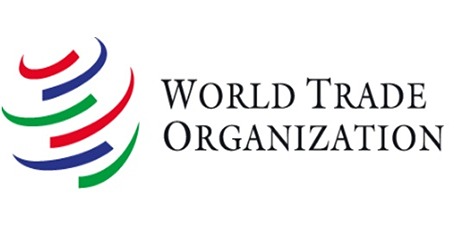On 25 July 2024 the WTO published World Tariff Profiles 2024, which sets out information on tariffs and non-tariff measures imposed by more than 170 countries and customs territories. The publication is issued jointly with the International Trade Centre and UNCTAD.
The publication provides summary tables, containing relevant data for each country or territory, listing the average “bound” (maximum) tariffs that each economy can apply to its imports from other WTO members and the tariffs that the countries actually apply. There are also one-page profiles with detailed data for each country, also showing the tariffs imposed on the economy’s exports by its main trading partners. There are statistics on non-tariff measures such as anti-dumping measures, countervailing measures and safeguards, for each country or territory and each product group.
The latest issue incudes a special topic analysing tariffs on critical minerals that are important for the electric vehicle (EV) value chain. The tariffs levied for cobalt, graphite, and lithium, in particular, are considered because these minerals are crucial for the production of electric vehicle batteries and other renewable energy technologies. The analysis indicates that the use of escalating tariffs in EV production chains could be one of the factors that is preventing developing economies from diversifying their exports and moving up the value chain.
A large number of minerals are necessary in the production of renewable technologies. Solar power production uses copper, aluminium, cadmium, tellurium and selenium; wind power requires copper, rare earth elements, chromium, zinc and aluminium; and the production of electric vehicles and their batteries requires aluminium, copper, cobalt, graphite, nickel, lithium, manganese and rare earth elements.
The report notes that as countries transition towards clean energy technologies and the use of EVs, the demand for minerals such as cobalt, graphite and lithium, that are abundant in developing countries, is projected to grow. Some estimates indicate that the demand for these minerals will increase by 500% by 2050. In relation to electric vehicles, the value chain for cobalt, graphite and lithium consists of five stages. These are the extraction of raw minerals; processing of minerals; production of electrodes for batteries; manufacturing of batteries; and production of EVs. There are important trade flows at each of these stages of the value chain. Tariffs on the products vary across different processing stages and between countries, and there is a pattern of tariff escalation moving up the value chain.
The report notes that tariffs imposed by developed countries increase across the supply chain, with the highest tariffs applied to processed and finished goods. This is an obstacle to the ability of developing economies to move up the value chain. If these tariffs could be flattened across the value chain this could be an important step in supporting the transition to clean energy. Developing economies must attract investment for refining and processing facilities, and they need increased technology transfer to increase their own capacity to participate in higher-value stages of the EV supply chain.
A fair system of tariffs at a lower level would therefore allow developing countries to participate more fully in the global EV value chain. Addressing tariff escalation in the critical minerals sector could lead to structural transformation in developing economies. This could, by creating a more level playing field, improve living standards in developing countries.












